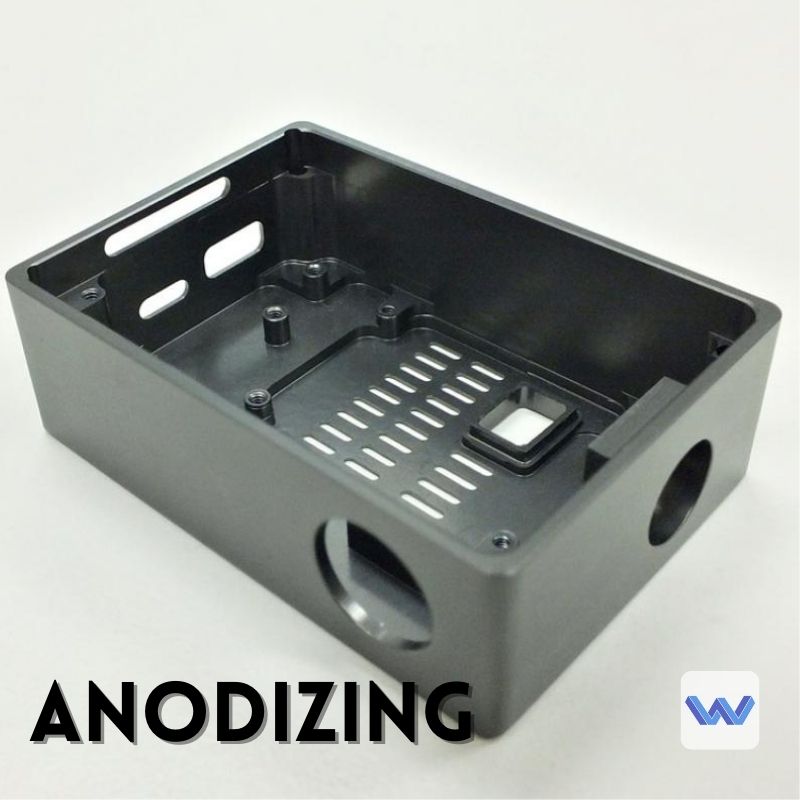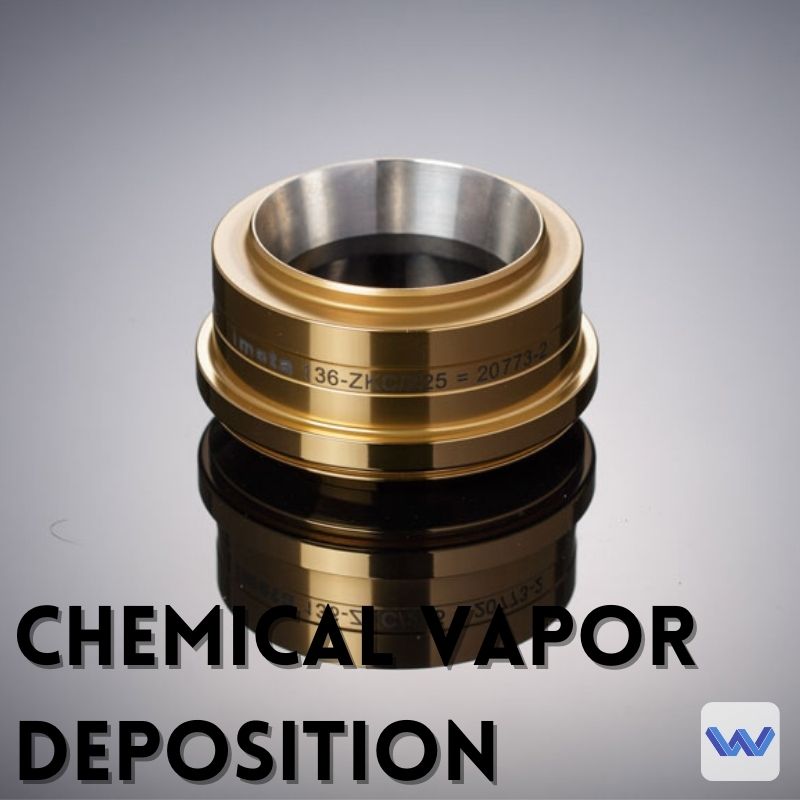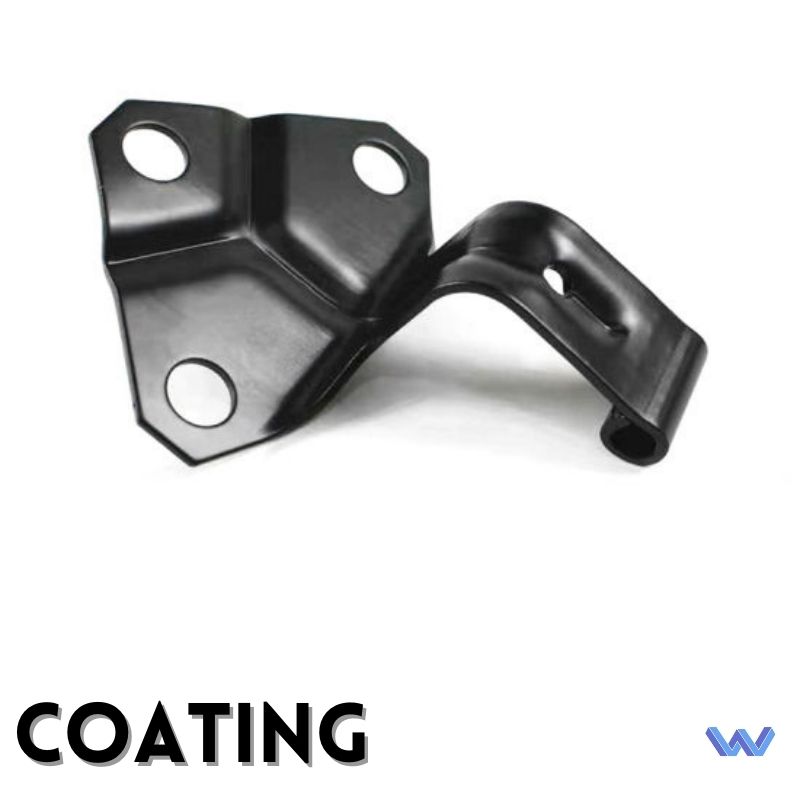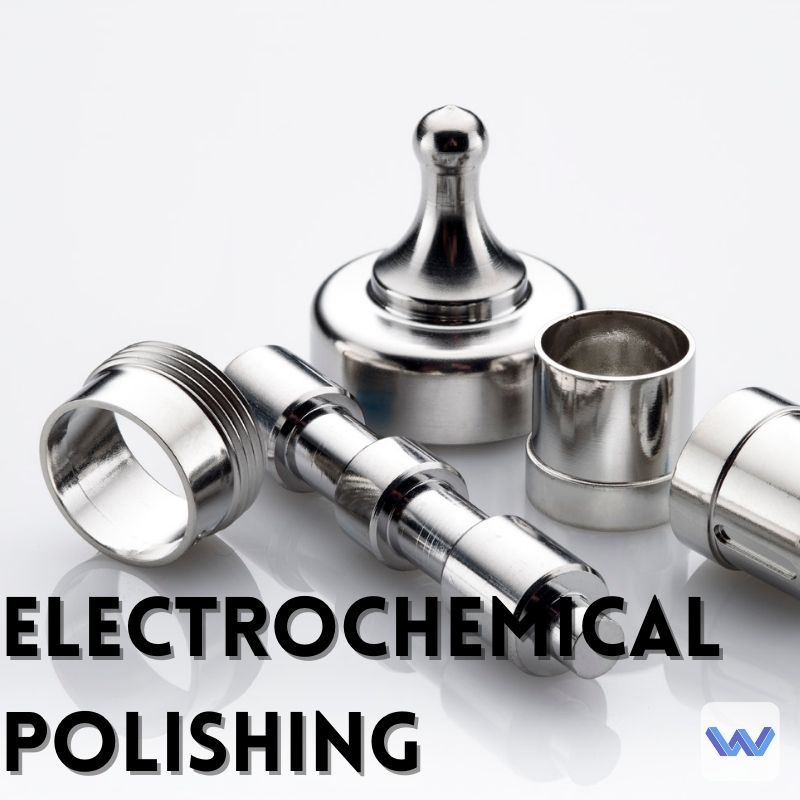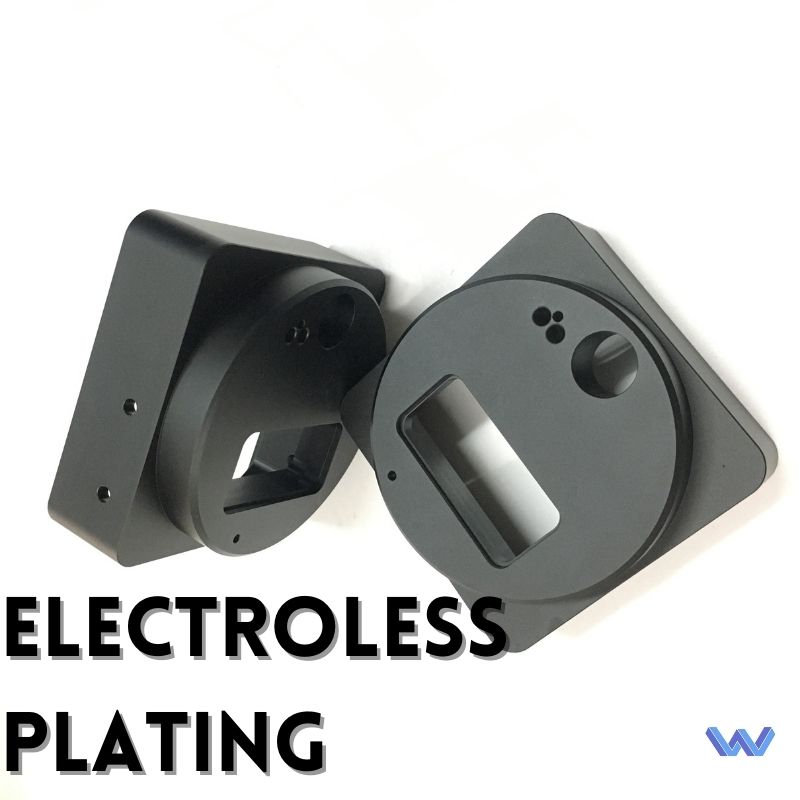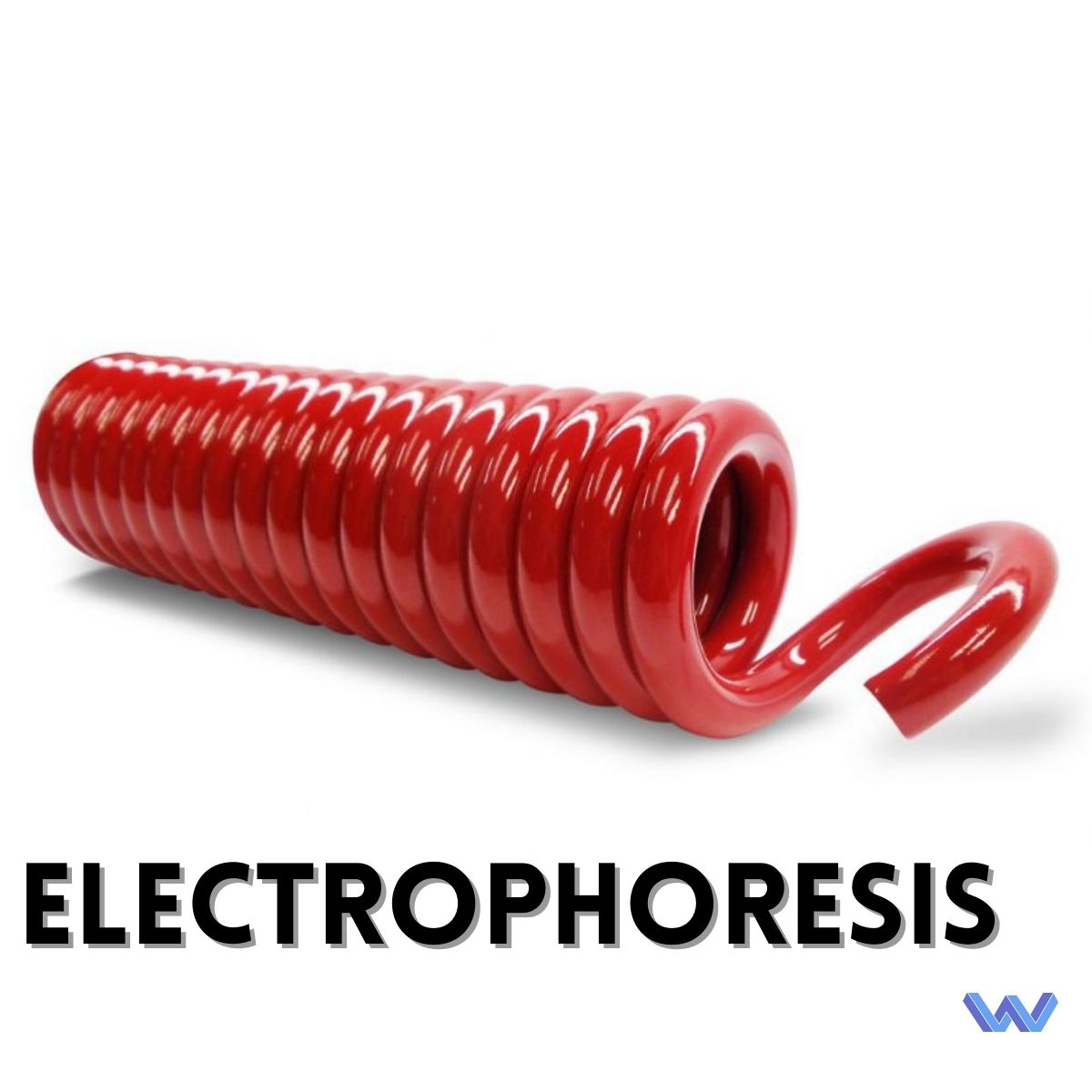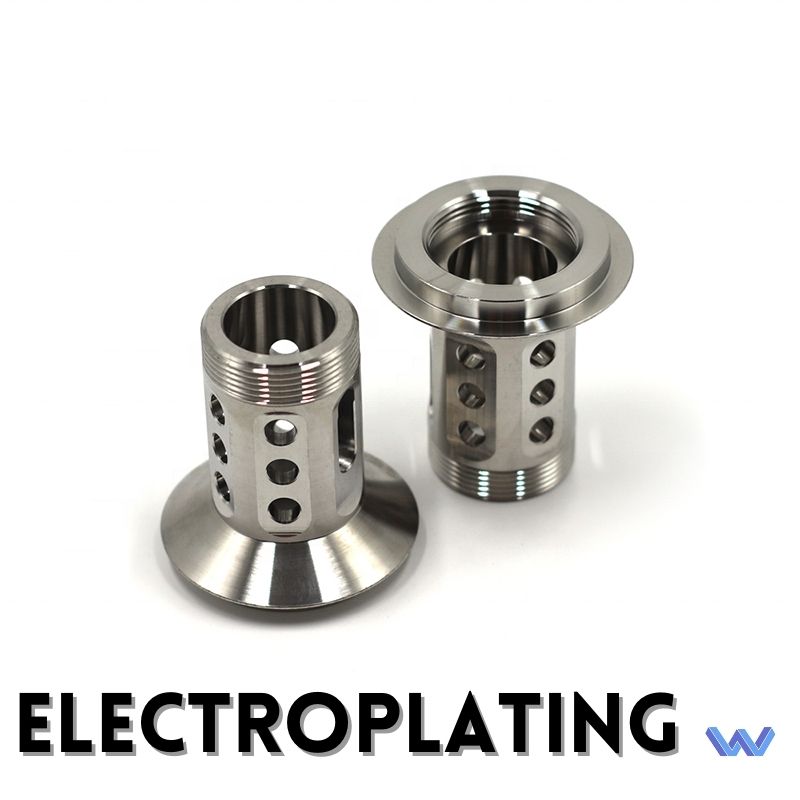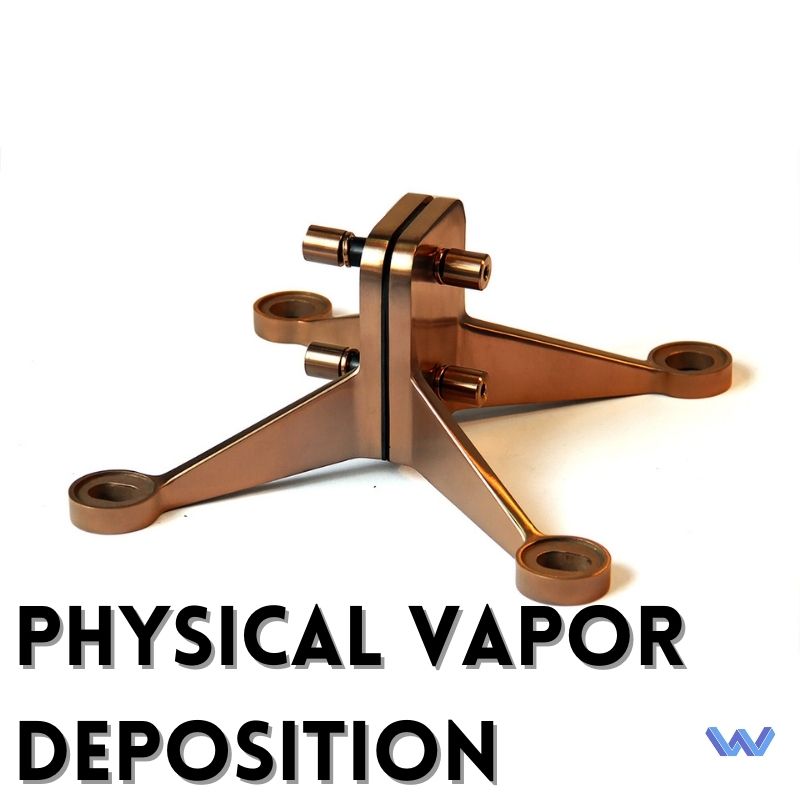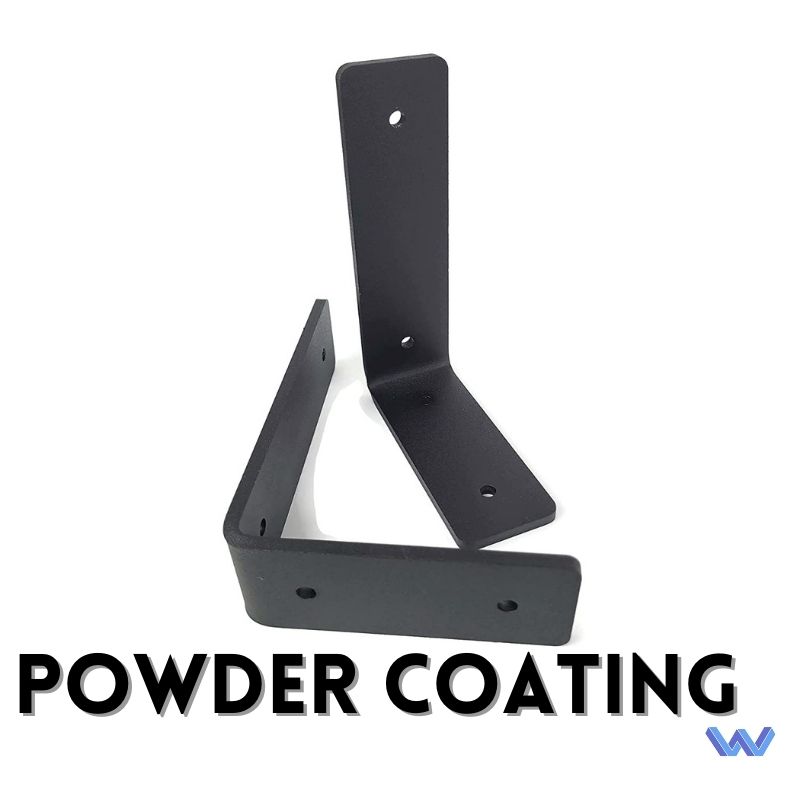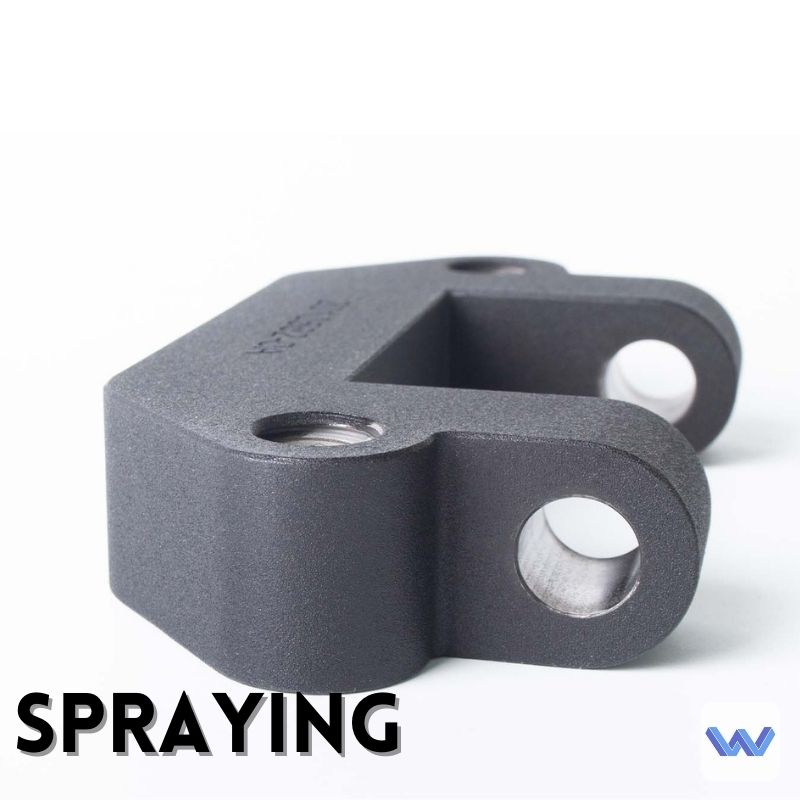Surface Finishes
Our team of experienced professionals utilizes the latest technologies and techniques to achieve a wide variety of surface finishes that meet the needs of our customers.
Mastering Surface Finish for Custom CNC Machined Parts
Surface finish refers to the texture or roughness of a part’s surface that is achieved during the CNC machining process. Achieving the right surface finish is critical for many applications, as it can impact the part’s functionality, appearance, and durability. For example, a smooth surface finish is necessary for parts that will be in contact with other components, while a rougher surface may be better for parts that require a stronger grip or adhesion.
There are several factors that can affect surface finish in CNC machining, including the cutting tool used, the cutting speed, the feed rate, and the coolant or lubricant used during the machining process. By understanding these factors and how they affect surface finish, manufacturers can optimize their CNC machining processes to achieve the desired surface finish for each custom part. In this article, we will explore the different types of surface finishes that can be achieved in CNC machining, the factors that affect surface finish, and best practices for achieving the desired surface finish.
Types of Surface Finishes
There are several different types of surface finishes that can be achieved in CNC machining, including:
Roughness: A rough surface finish has visible tool marks and ridges, and is often used for parts that require a strong grip or adhesion.
Matte: A matte surface finish is smooth and even, with a low level of reflectivity. This finish is commonly used for parts that require a low level of reflectivity or glare.
Satin: A satin surface finish has a slightly higher level of reflectivity than a matte finish, and is commonly used for decorative or aesthetic purposes.
Polished: A polished surface finish has a high level of reflectivity and a smooth, mirror-like appearance. This finish is often used for parts that require a high level of reflectivity or that will be visible to the end user.
Each type of surface finish has its own advantages and disadvantages, depending on the application and the desired outcome. For example, a rough surface finish may provide better adhesion for a part that will be in contact with other components, while a polished finish may be more suitable for parts that require a high level of reflectivity.
Factors that Affect Surface Finish
Several factors can impact the surface finish of custom parts in CNC machining. These include:
Tooling: The type of cutting tool used can impact the surface finish of a part. Different types of cutting tools can produce different surface finishes, depending on the geometry of the tool and the material being machined.
Cutting Speed: The cutting speed, or the speed at which the cutting tool is moving across the material being machined, can also impact the surface finish. A slower cutting speed may produce a smoother surface finish, while a higher cutting speed may result in a rougher surface.
Feed Rate: The feed rate, or the rate at which the cutting tool is advancing into the material being machined, can also impact the surface finish. A higher feed rate may produce a rougher surface finish, while a slower feed rate may result in a smoother surface.
Coolant or Lubricant: The use of coolant or lubricant during the machining process can impact the surface finish. Coolant or lubricant can help to reduce heat and friction during machining, resulting in a smoother surface finish.
Measuring Surface Finish
To measure surface finish, manufacturers use various tools such as profilometers and surface roughness testers. These tools measure the texture or roughness of the surface and provide data on the surface finish. The measurement data is typically expressed in units such as Ra (roughness average), Rz (average peak-to-valley height), and RMS (root mean square).
Interpreting and using surface finish measurement data is critical for optimizing the CNC machining process to achieve the desired surface finish.
In the End
Achieving the right surface finish in CNC machining is essential for many applications. There are several types of surface finishes that can be achieved, each with its own advantages and disadvantages. Factors such as tooling, cutting speed, feed rate, and coolant or lubricant can impact surface finish, and understanding these factors is critical for optimizing the CNC machining process. By measuring and interpreting surface finish data, manufacturers can achieve the desired surface finish for each custom part, resulting in better performance, aesthetics, and durability.
Surface Finish Chart
| Surface Finish (Ra) | Microns (µm) | Microinches (µin) | Typical Manufacturing Process | Application Examples |
|---|---|---|---|---|
| 0.025 µm | 0.025 | 1 µin | Lapping, Polishing | Precision bearings, Optical surfaces |
| 0.05 µm | 0.05 | 2 µin | Superfinishing, Honing | High-precision bearings, Seals, Optical components |
| 0.1 µm | 0.1 | 4 µin | Precision Grinding, Polishing | Aerospace components, Precision tools |
| 0.2 µm | 0.2 | 8 µin | Fine Grinding, Precision Turning | Automotive components, Precision assemblies |
| 0.4 µm | 0.4 | 16 µin | Grinding, Polishing, High-precision Turning | Machine components, Gears |
| 0.8 µm | 0.8 | 32 µin | Milling, Turning | General industrial parts, Moderate precision components |
| 1.6 µm | 1.6 | 63 µin | Rough Turning, Milling | Structural components, Large machine parts |
| 3.2 µm | 3.2 | 125 µin | Rough Machining, Casting, Forging | General-purpose machined parts, Frames |
| 6.3 µm | 6.3 | 250 µin | Rough Casting, Rough Forging | Rough components, Heavy machinery parts |
| 12.5 µm | 12.5 | 500 µin | Sand Casting, Flame Cutting | Non-critical components, Rough castings |
| 25 µm | 25 | 1000 µin | Rough Sand Casting, Heavy Flame Cutting | Rough surfaces, Non-critical components |
Surface Finish and Their Use Cases
- 0.025 – 0.2 µm (1 – 8 µin): Highly polished and smooth surfaces. Used in high-precision applications like optical components, medical tools, and precision bearings.
- 0.4 – 0.8 µm (16 – 32 µin): Smooth machined parts. Ideal for automotive components, machine components, and moderate-precision parts.
- 1.6 – 3.2 µm (63 – 125 µin): Rough-machined parts. Common in industrial components, large machine parts, and frames.
- 6.3 – 25 µm (250 – 1000 µin): Very rough surfaces, such as those produced by casting or forging. These are often used in non-critical applications or for components that undergo further machining.
Key Factors to Consider:
- Ra (Roughness Average): The most commonly used parameter for measuring surface finish, representing the average height deviations from the mean surface.
- Process Capability: Different machining processes achieve different Ra values. Grinding, lapping, and polishing produce finer finishes, while turning and milling result in coarser finishes.
- Application Specificity: High-precision applications demand finer surface finishes to ensure proper function (e.g., bearings, seals), while rougher finishes may be acceptable for structural or non-critical components.


